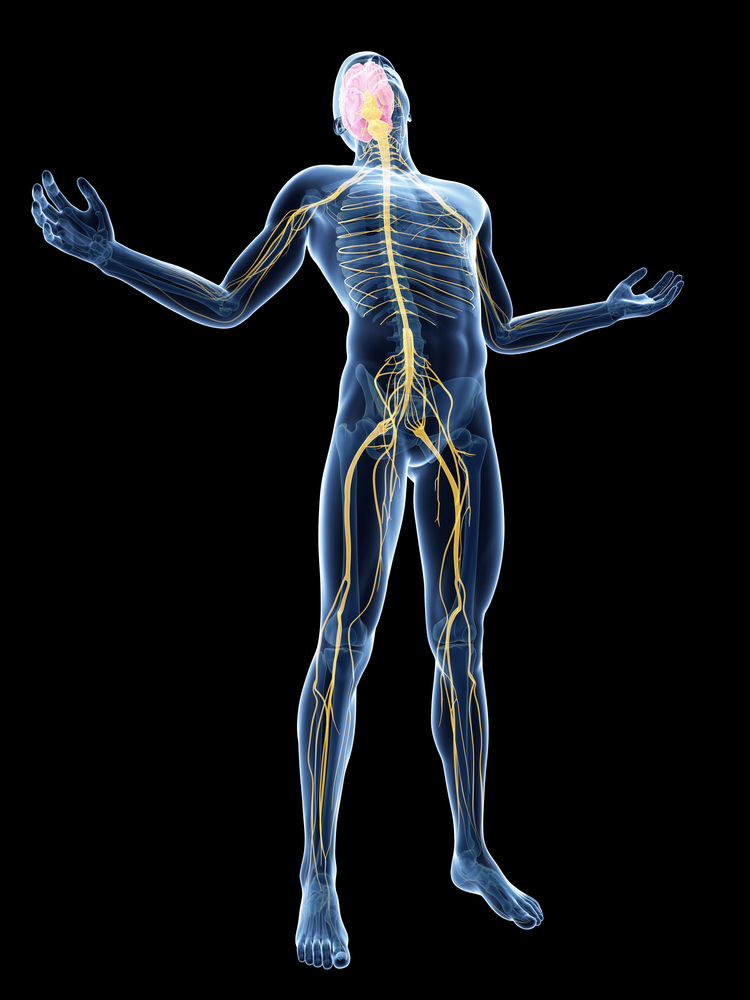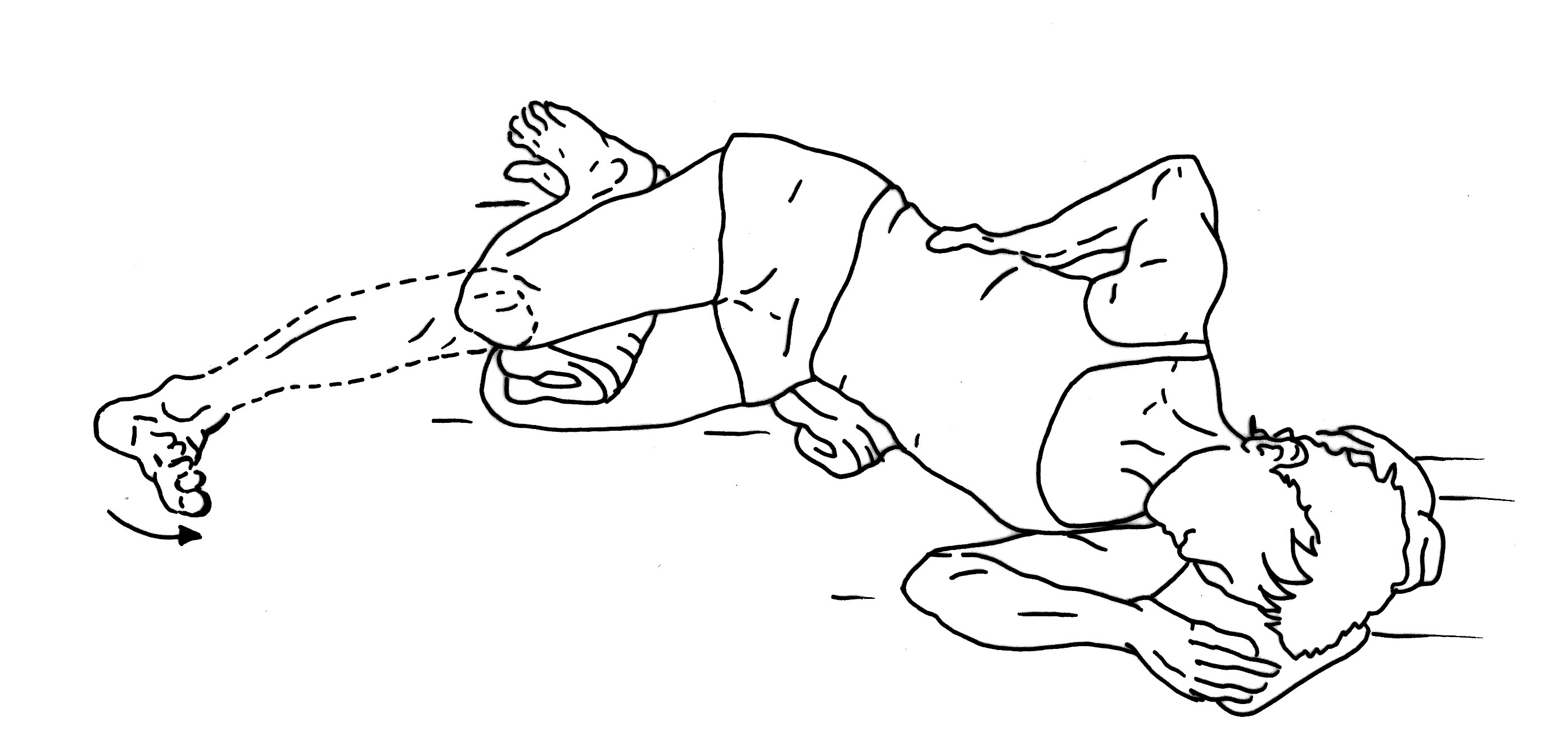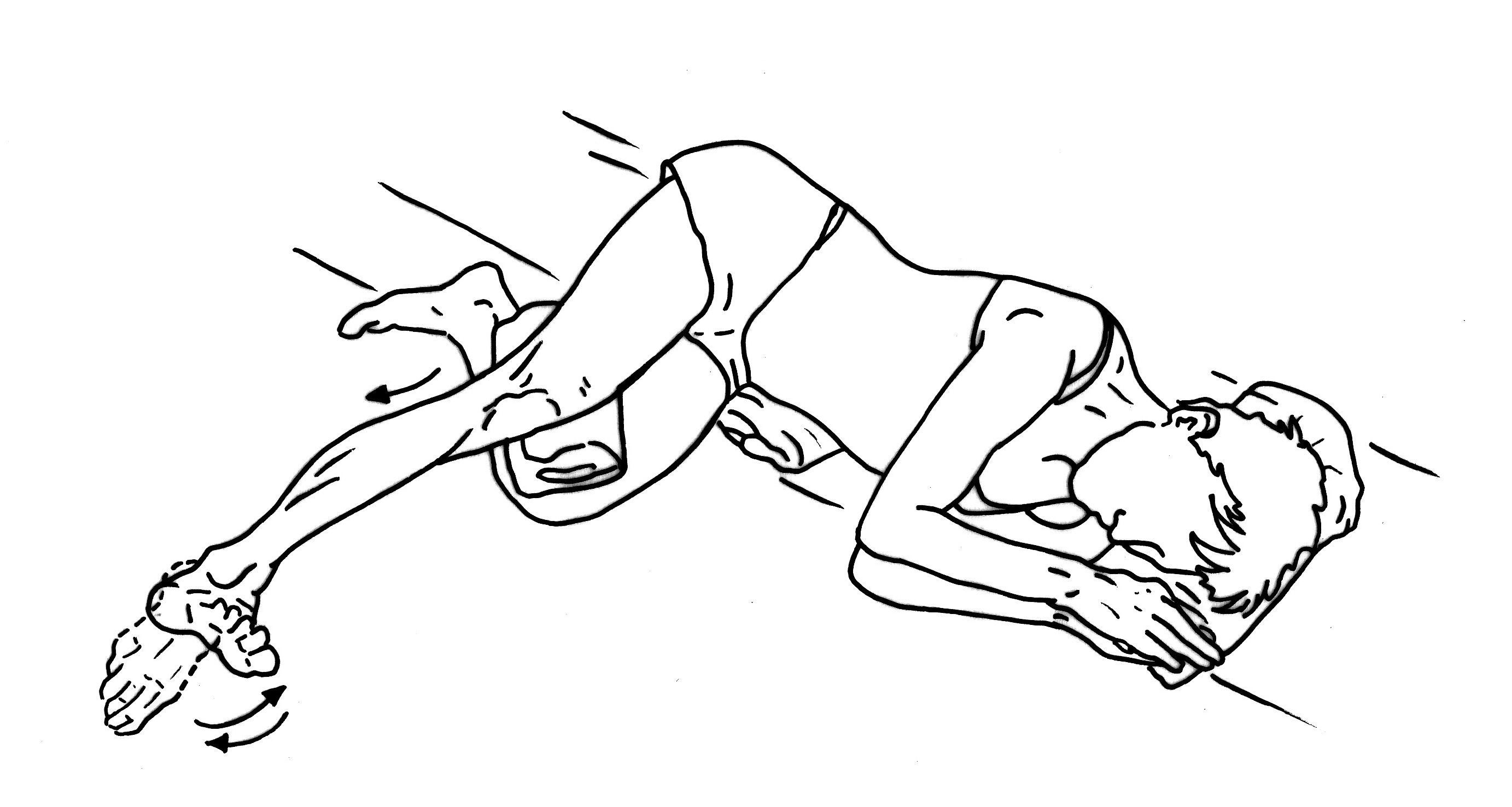Nerve Release
Nerve Mobility (and why it’s so important!)
Your nervous system goes from the top of your head right down to your finger tips and toes. The nervous system allows us to feel both pain and sensation (sensory nerve) and allows us to contract muscles, creating movement (motor nerve). All nerves have a definite length and this is why injury anywhere in our body can cause problems in other parts of our body. For example, a disc bulge in our lumbar spine can create tension in one or both legs – which in turn can cause pain, pins and needles, numbness or weakness.
The below exercise will help keep our nervous system mobile through a process called “neural flossing”. Imagine each nerve as a piece of dental floss that glides through our muscle tissues as we move. Following injury, surgery or periods of poor or repetitive postures – the nerve can be restricted somewhere along its path and this is where pain or nerve symptoms can start.
The exercise below will help you to maintain a healthy nervous system, and is of particular help if you are experiencing any of these issues:
- Low back pain (with or without leg symptoms)
- Sacro Iliac Joint (SIJ) or pelvic pain
- Glute (buttock) pain or spasm
- Recurrent hamstring or calf muscle strains
- Achilles or plantarfascial (sole of the foot) pain
Lower Limb Nerve Release
Lie on your side with both knees bent up and a towel between them.
Place one hand around and feel the muscles on either side of your spine. Check they are relaxed. If they are not, take your legs backwards a little until you can feel that your back muscles are totally relaxed. There must be absolutely no back pain or referred pain into the buttocks or legs in this starting position. If there is, place a small rolled up towel under your waistline until you feel your back is totally relaxed. Now flex your foot and extend the top leg at the knee, and stop as soon as you feel tightness. You may feel the back start to tighten or you may experience this as tightness in the calf or hamstring muscles. As soon as you feel this tightness, back off this tension by bending the knee, that is backing off a fully extended position. The tension wherever you are feeling it should decrease.
Now flex and point the foot from the ankle to loosen the nerve. Do this ankle movement five times, then rest the foot back onto the other foot in the starting position. Repeat this exercise with the foot, keeping the hips in this same position three times. Once you feel it getting a little easier then bring both your knees a little closer to your chest (a little more into flexion). Again extend the knee, and flex and point the foot.
Do not do the foot flexing with the nerve on full tension as this can aggravate your pain. If you experience latent pain, namely an ache that starts approximately 30 minutes after doing this exercise, then you are either doing the exercise incorrectly or it is not appropriate for you. I would recommend you consult a physiotherapist to learn how to do this exercise correctly.
Exercises extract from New Bodyworks, Copyright PPFC 2013



